Top 7 API Analytics Tools for Your Business in 2025
APIs are basically pieces of code that help with task performance for the vast majority of businesses. An organization can accomplish data interoperability between various applications with the use of an API analytics tool.
If you're a part of the API economy and want to start using APIs as a source of revenue or growth in today's hyper-connected world, you need to manage APIs with more finesse.
We will cover the following:
What is API Analytics?
API analytics and monitoring include engineering-focused metrics like performance, uptime, product metrics, retention, and developer conversion. You can filter, sort, and aggregate API event data with API analytics before presenting the findings in connected charts, tables, and maps.
You can use a variety of tools, ranging from simple SQL and Excel to platforms made especially for API analytics, to manage service levels, set quotas, build controls, establish security policies, manage communities, and analyze trends.
Top 5 API Management Tool Features
#1 API Gateways
An API management solution's most crucial component is its API gateway, which serves as all clients' single point of access. All requests for routing, composition, and protocol translation between the client and the third-party service to which they are linked are handled by API gateways.
Any third-party API provider that doesn't employ an API gateway needs to be avoided at all costs because of how crucial they are. By implementing important security authentication and enforcement protocols like TLS encryption and OAuth technology standards, gateways also play a crucial part in protecting API connections.
#2 Developer Portal
The primary purpose of a developer portal is to give developers a central location to access and share API documentation. This motivates them to learn about, investigate, buy, use, and test APIs. An integral component of optimizing team communication is this portal.
A content management system (CMS) with check-in/check-out, documentation, management, search, read, and test features is often the foundation for API developer portals. Other useful features include chat forums and FAQ pages with separate access options for the internal and external developer communities.
#3 API Lifecycle Management
API lifecycle management offers a complete view of how to manage an API's various phases, from creation through retirement. With the help of this capability, APIs can be built, tested, onboarded, and managed sustainably while version control is kept under control.
The following 10 stages make up an API lifecycle:
- Manage & observe the usage of APIs
- Create
- Secure
- Document
- Test
- Version
- Publish
- Promote
- Monetize
- Retirement
#4 Analytics Engine
Business owners, operational managers, and developers can gain knowledge from an analytics engine about the volume of traffic that APIs receive, the factors that influence that traffic, and the performance level at which this is carried out. Additionally, it is crucial in identifying and resolving integration issues.
To test API behavior and performance, an analytics engine can examine historical data, identify usage patterns, and generate synthetic transactions. Your company has the chance to optimize the API offering as part of the overall continuous improvement process due to the data collected by this engine.
#5 API Monetization
API providers can package, charge for, and expose their APIs through API monetization so that partners and developers can buy access or participate in revenue sharing. It's not just about how you'll use your API to make money; it's also about how you'll maintain it available to users.
Most likely, if you're considering an API management tool, your business strategy is sound. As you design your APIs, if you haven't already, be sure to include a framework for your monetization objectives.
Usage contracts can be used to charge for access to the microservices hidden behind the APIs. You can establish usage contracts based on metrics like the number of API calls using an API management tool. Different access levels might be offered to segments of consumers.
7 Best API Analytics Tools
Enterprises can identify instances when reusable APIs have saved money that would have otherwise gone to new integration projects by analyzing API usage when developers utilize standardized APIs to connect to existing data and services.
Similar to how organizations may determine how specific APIs contribute to accelerated development cycles, speedy completion of business operations, and the number of resources saved in the process due to APIs' ability to automate and accelerate various activities.
Now let's examine the 7 best API analytics tools.
#1 Atatus
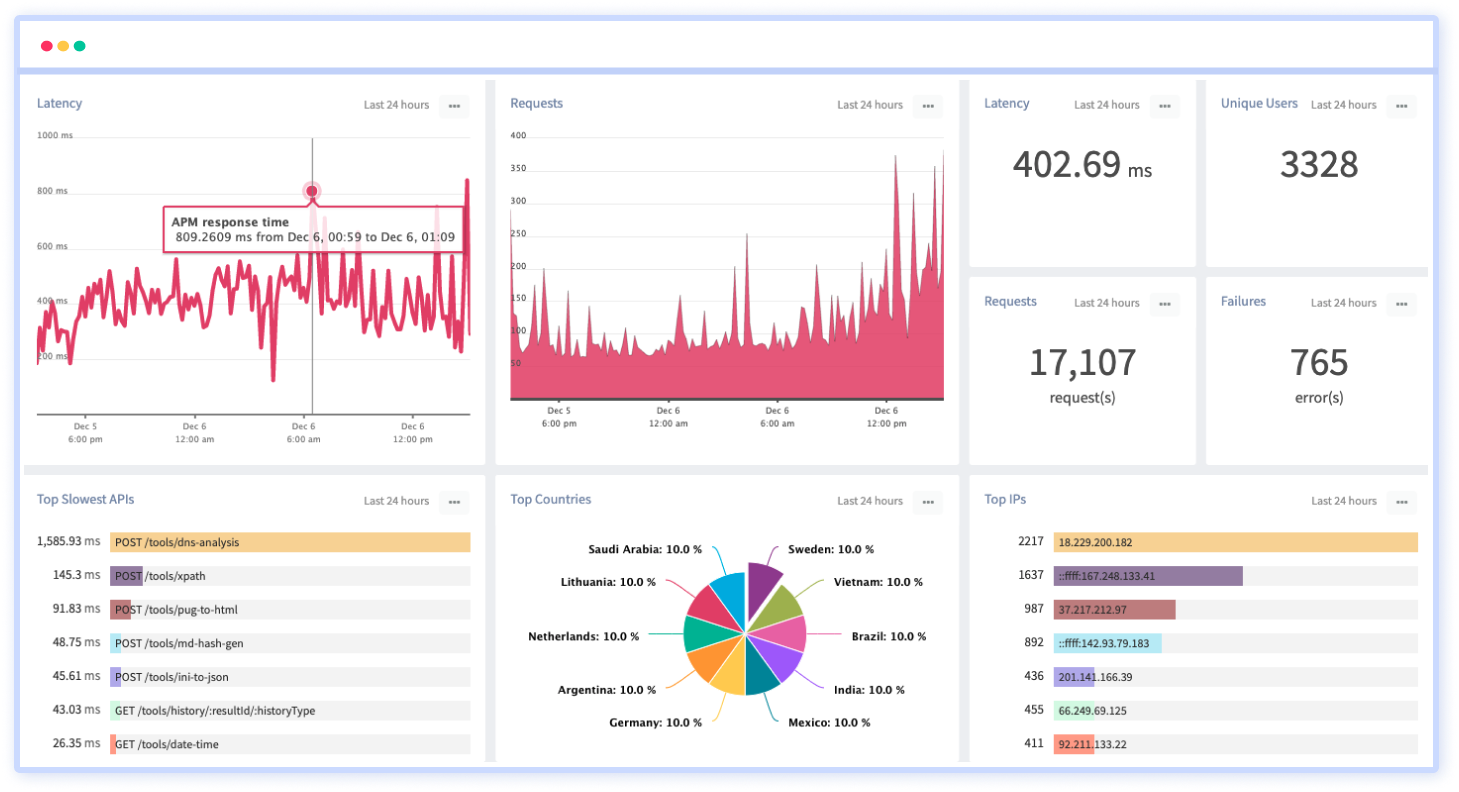
Atatus is one of the excellent API analytic tools in the market. It makes API calls transparent and enables developers to determine whether their API is malfunctioning. By analyzing the API metrics that our software offers, you can resolve crucial API issues that are the root cause of REST API errors in your application.
By recognizing the issues and fixing them at the proper moment, you can speed up the malfunctioning REST and GraphQL API. You can avoid wasting your precious time and money diagnosing API-related issues. By using Atatus to monitor both internal and external APIs, you can achieve full observability.
By selecting a specific transaction, you can make sure your API returns the precise data that was specified in the request headers. Depending on your preferences, you can also add or delete a column from your dashboard.
With the help of Atatus, you can easily reduce and optimize each API transaction's response time. By integrating with your preferred channel, you can quickly and easily notify your team of the issue using API metrics.
Features of Atatus:
- Show API slowdowns and failures
- View API Analytics in an all-in-one dashboard
- Filtering API metrics
- Improve your REST API performance
- Effective predefined views
- Mitigating API risks
- API reports
- Instant alerts
Pricing:
Atatus API Analytics plan starts at $1/Per 10K Events/month (billed annually). A 14-day free trial is also available from us without requiring a credit card. The plan includes API Requests Monitoring, User API Consumption, Advanced search filtering, Unlimited applications, Real-time alerts & summaries, and more.
#2 APImetrics
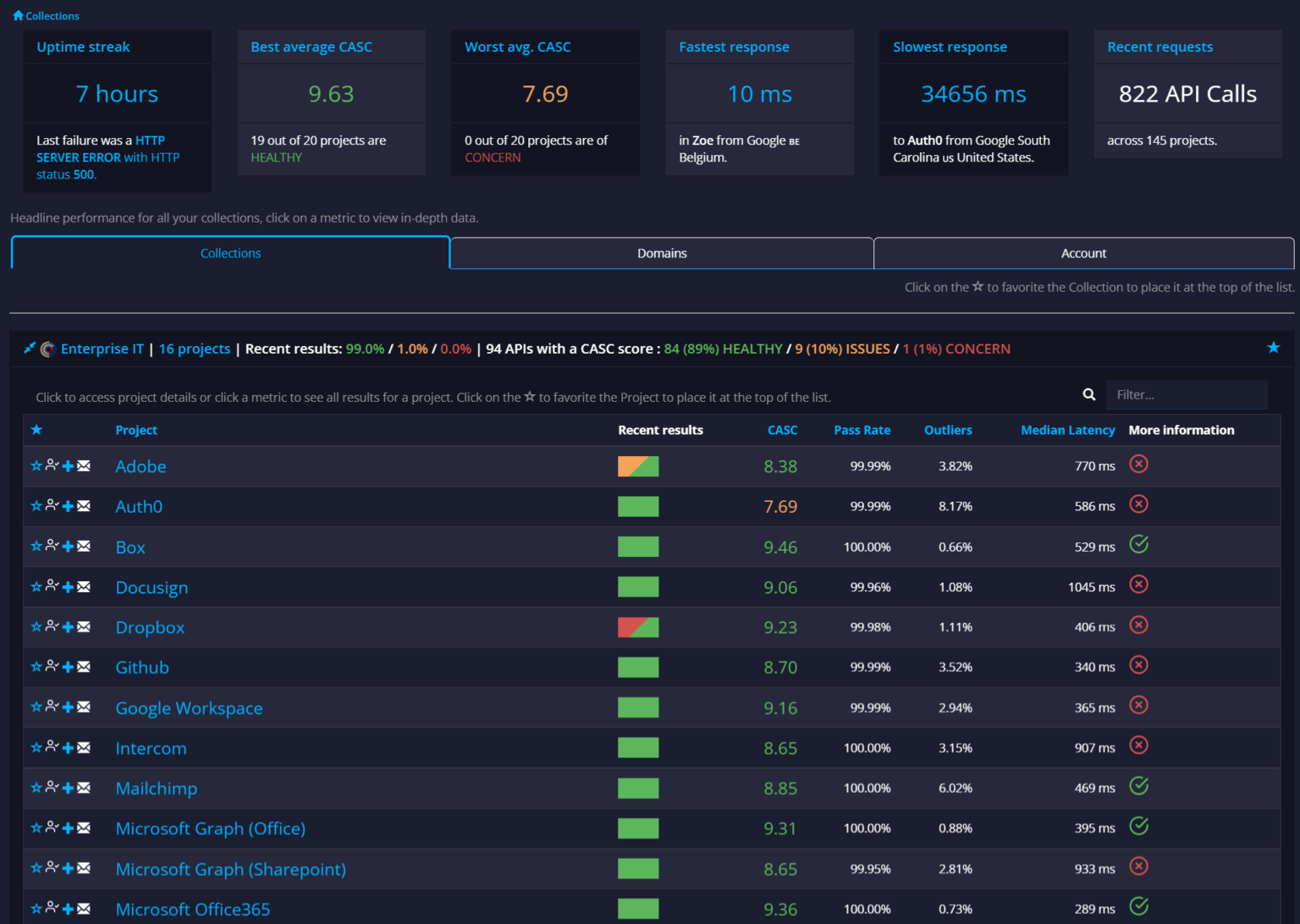
To help developers, API providers, and organizations, APImetrics has created the first end-to-end performance monitoring system. You can use APImetrics to automatically test the latency and performance of the APIs you use or supply, and then send real-time data to your clients and partners via dashboards and reporting APIs.
With the help of APImetrics' API monitoring, you can identify issues as soon as they appear, protecting your customers and the reputation of your business in the process.
Features of APImetrics:
- Easy setup, rapid import
- Real-time alerts
- Verify all API functionality
- Performance, SLAs, and more
- Cross-Cloud from 75+ locations
- Multi-step calls
- Fast integration into other DevOps tools
Pricing:
Pricing for APImetrics starts at just $15 per month, with options up to fully secure enterprise deployments. They provide SHOT, TALL, ENTERPRISE, and BANKING. APImetrics offers complete enterprise SSO integration, including role-based account administration. For Enterprise plans, this can be added as an extra.
#3 Moesif
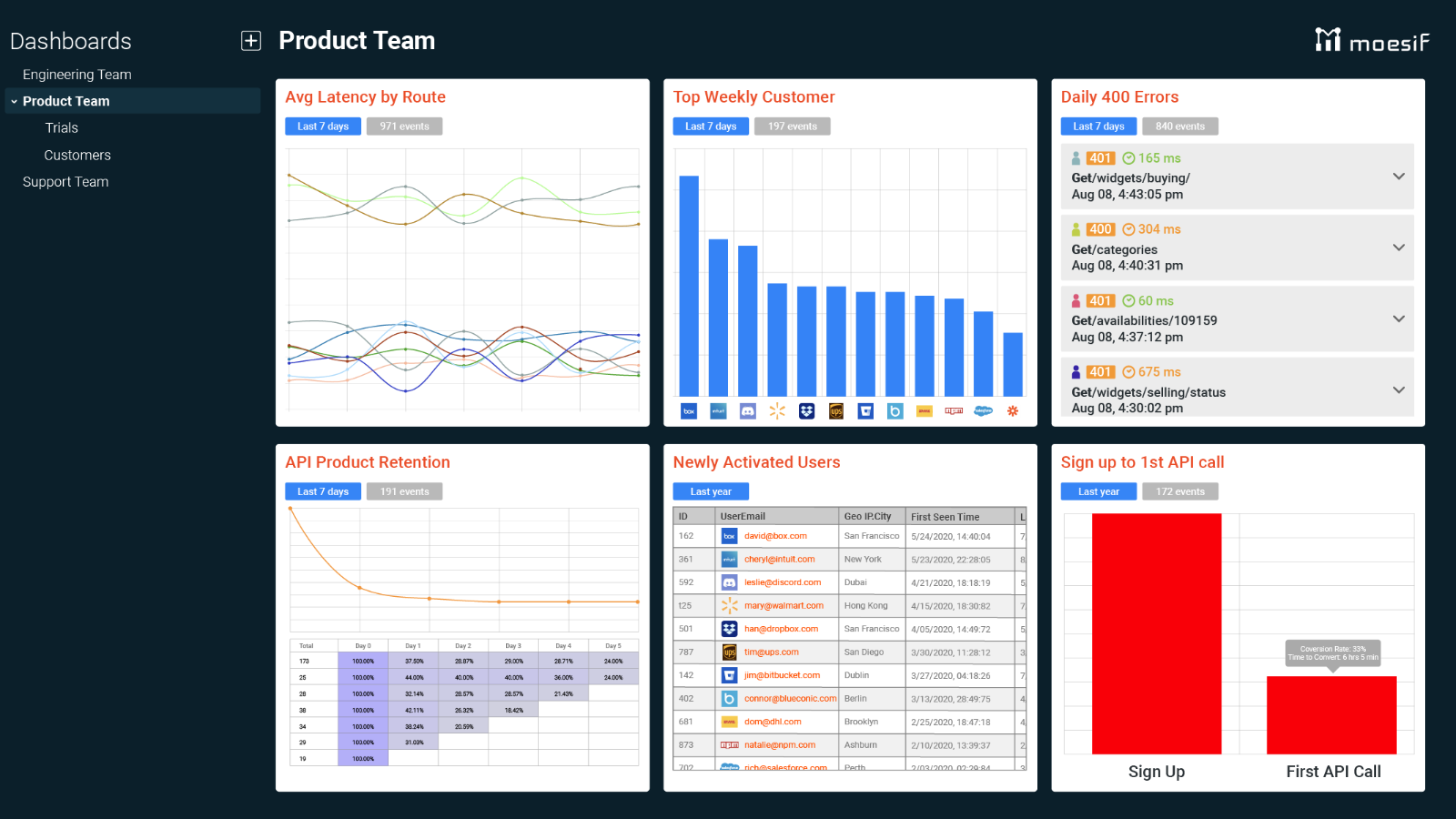
Moesif is one of the excellent API monitoring frameworks. One can query by any parameter in addition to being able to track every request (complete with request/response payloads).
Queries like "Show me the monthly requested entities by company A with a response time greater than X" can be built in a matter of seconds.
The user interface for queries is simple and strong, supporting operations and more. Another benefit of Moesif is how simple it is to integrate with the Application. Moesif can be integrated into any environment. Moesif keeps a list of every request he receives, which is searchable.
Features of Moesif:
- Real-time API logs and metrics
- Body analytics
- User and company profiles
- Funnel analysis
- Saved filters and views
- Custom dashboards
- Public share links
- Marketing channel attribution
- Saved customer cohorts
- Behavioral emails
Pricing:
Moesif plan starts at $0/month. They also provide Grow ($100/month), Pro ($550/month), Advanced ($1125/month), and Ultra ($2250/month).
#4 Smartbear ReadyAPI
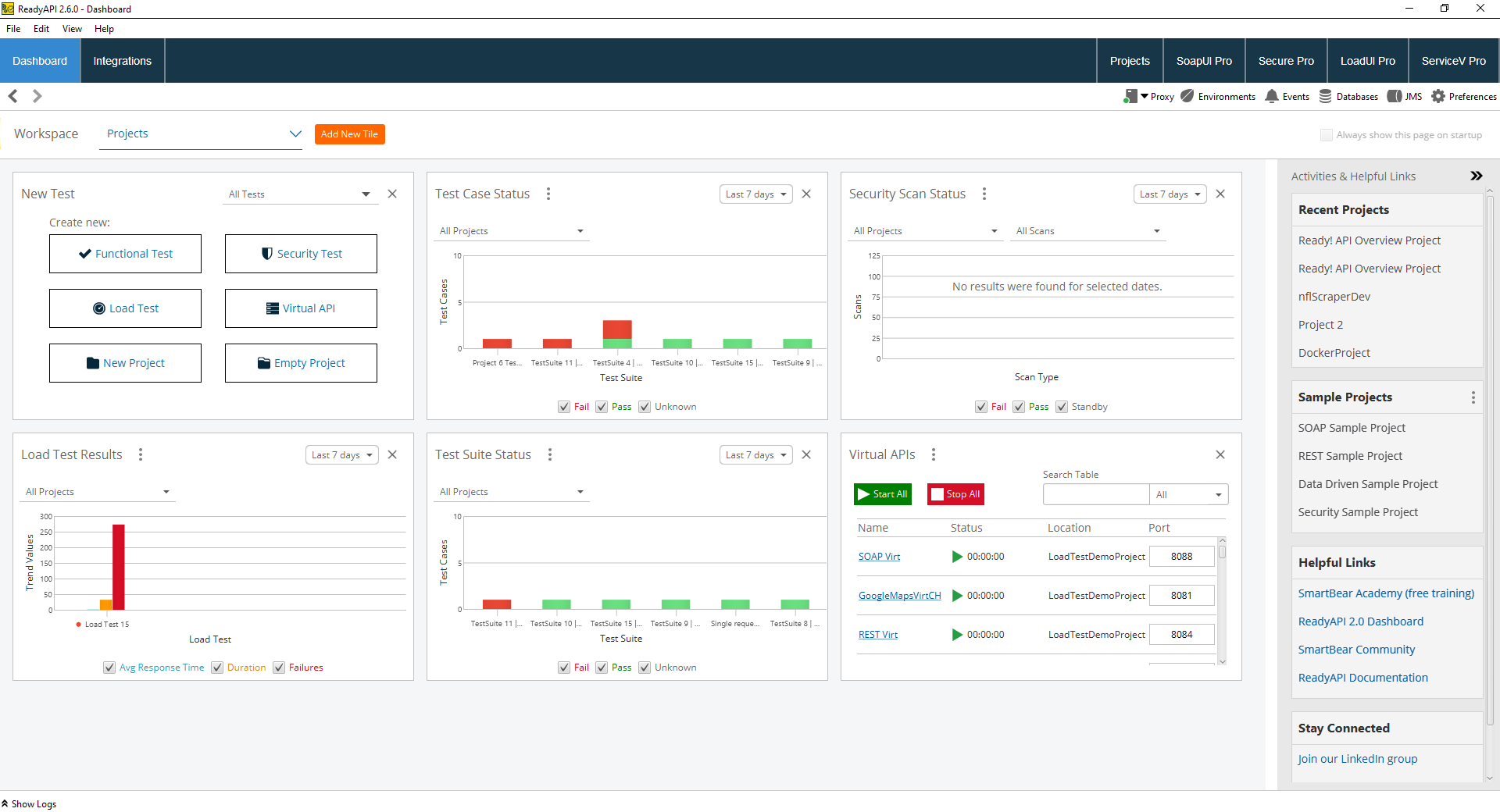
Teams can set up, manage, and carry out automated functional, security, and performance tests in one location with the help of Smartbear ReadyAPI. Agile and DevOps software teams can improve API quality more quickly with ReadyAPI.
To eliminate pipeline dependencies, one can add API definitions like OpenAPI/Swagger or AsyncAPI, perform tests and record real-time API activity, or virtualize web services.
You can run through, data-driven functional API tests with only one click. Security scans can also be added with a single click. Run load, stress, and spike tests to make sure your API can manage traffic from the real world.
You don't need to employ RESTful, SOAP, TCP, JMS, or other web services in your testing pipeline because they can be virtualized.
Features of Smartbear ReadyAPI:
- CI/CD support
- Dashboard
- API discovery
- Metrics and reporting
- Plugin manager
- Projects
- Script support
- TestEngine
Pricing:
Smartbear ReadyAPI provides 3 pricing plans which are API Test Module ($829/license), API Virtualization Module ($1,270/license), and API Performance Module ($6,769/license). They can also provide customized depending on your request.
#5 Google Apigee
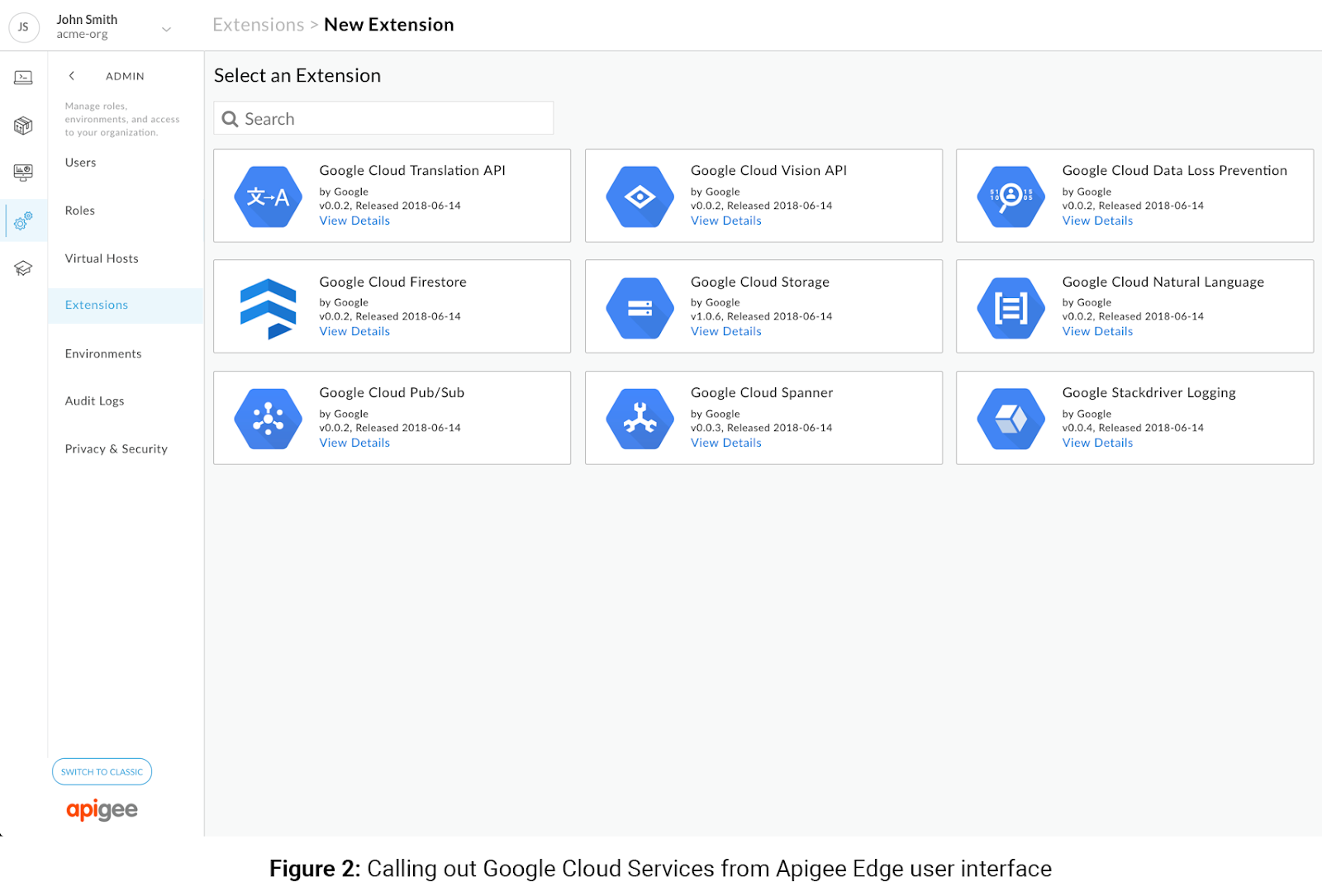
Partner applications, consumer applications, cloud applications, systems of record, employee applications, and IoT are all supported by Apigee API Management. Security, analytics, operations, run-time monetization, mediation, monitoring, and a developer portal are among the services it offers.
In addition to managing API developers and providing statistics, Apigee Edge also offers an easy-to-use yet effective platform for managing APIs. The software can effectively handle the increase in user traffic.
It offers an internal API development portal, facilitating information sharing among staff members. A few of the methods available to secure backends, APIs, and communications include access control, OAuth, API key verification, and XML/JSON threat prevention.
Features of Apigee:
- Deployment flexibility with Apigee hybrid
- API-first integration with Apigee Integration
- AI-powered API monitoring
- Provide information about API traffic
- Monetize your digital assets with APIs
- Manage microservices as APIs
Pricing:
There are three different pricing options available for it: Evaluation, Team, Business, and Enterprises. The evaluation plan is free. You must pay $500 a month for the Team plan. The monthly budget for the business plan is $2500.
#6 IBM API Connect
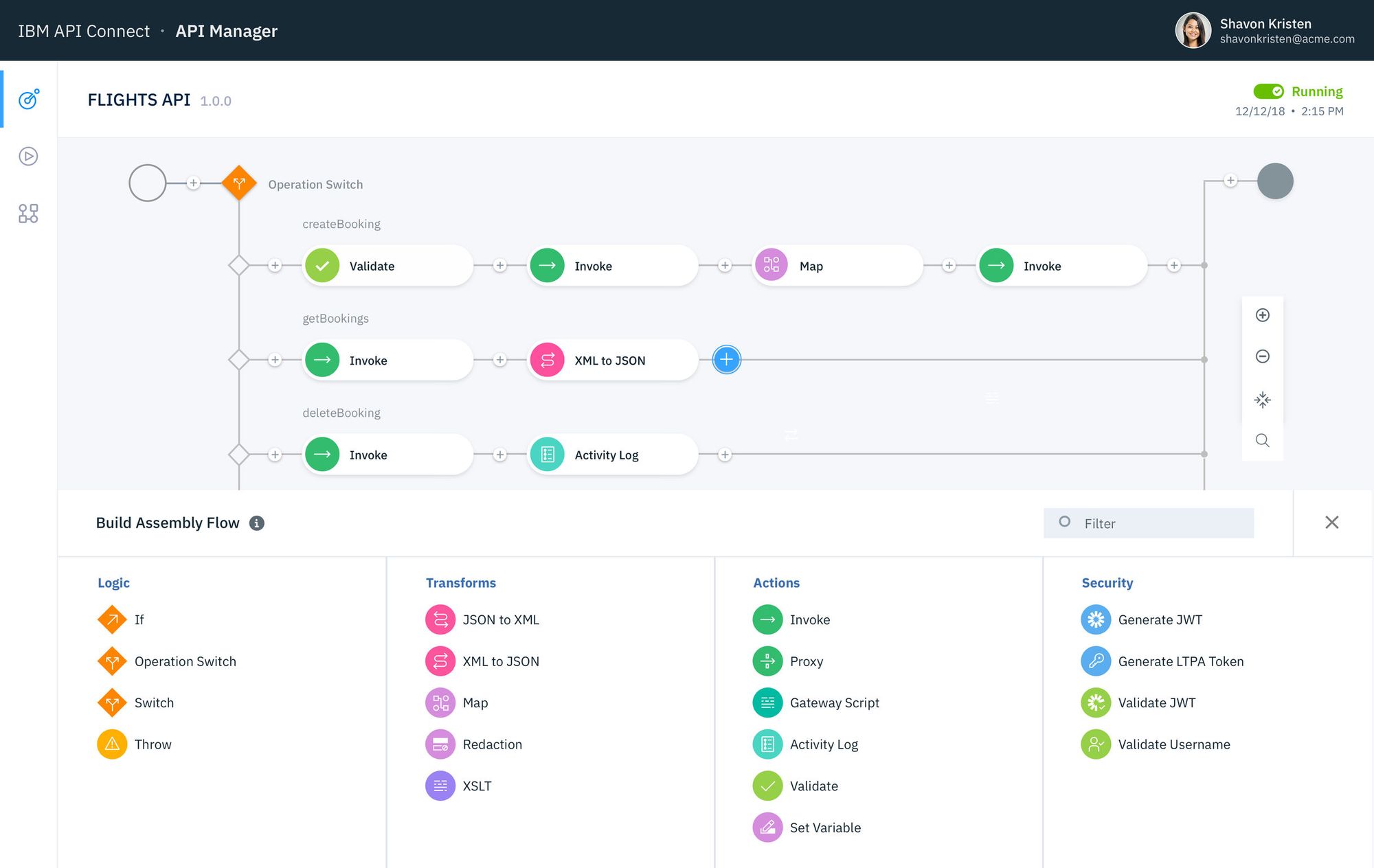
Through API Connect, IBM offers a cloud-based solution for managing and creating APIs. It has built-in governance and security features. It is a platform for self-service developer portals, basic coding, and real-time analytics.
IBM API Connect is an excellent, cost-free utility for creating, managing, and keeping track of API endpoints. It works with API authentication security protocols including OAUTH, MTLS, JWK, and others. With the help of YAML and graphical user interface elements, you can use this tool to modify APIs.
Managing API consumption credentials makes it simple to keep track of who is using your APIs, when they are being used, and how frequently. By carefully filtering searches and navigation, it is possible to receive thorough information on API usage and service quality.
Features of IBM API Connect:
- API creation
- Security and API management
- API socialization
- API testing and monitoring
- Built-in analytics
- Multi-cloud design
Pricing:
IBM offers six different API connect pricing options. You will receive 50K free API calls each month with the Lite package. The Enterprise package costs $100 for 100K API requests.
#7 Mulesoft Anypoint
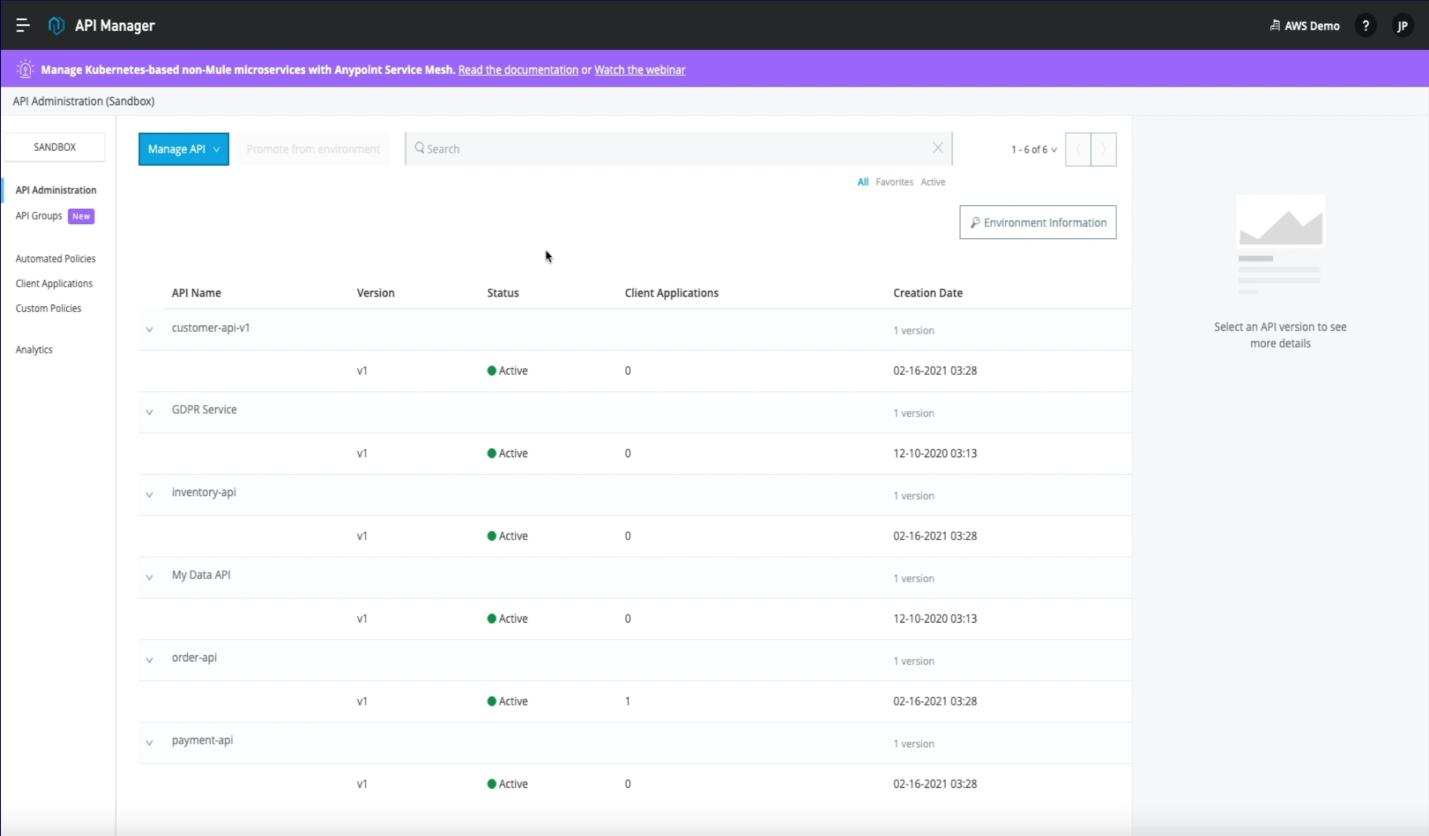
The Anypoint platform includes Anypoint API Manager, which enables you to manage, control, and secure APIs. You can evaluate the effectiveness of APIs and how they are used through API analytics.
It offers a means of creating an application network. On the Anypoint Platform, it will let you design, create, and manage APIs. You can manage users and examine traffic with the help of an API manager. Additionally, you can use policies to secure APIs.
Furthermore, you can see how well they function and how many people use them. You can create dashboards, edit charts, and create reports with API Manager. An API Manager report includes API data analytics, API event tracking, and API Manager charts are things you can do with the data from APIs.
Features of Mulesoft Anypoint:
- Able to create new APIs and interfaces for existing APIs
- API-based connectivity to B2B
- Provides a template-driven approach
- Continuous integration and efficient deployment
- Accelerates simple and complex integrations
- Offers fast, easy, and manageable mobile access
Pricing:
The product has a free trial period. The Anypoint platform has three pricing plans: Gold, Platinum, and Titanium.
Wrap Up!!!
Success with an API product varies from user to user, and your key performance indicators (KPIs) for the product you use will be different from another company's.
Regardless of the circumstance, API analytics are utilized to accomplish your company's objectives. The mere fact that you have an API does not ensure that good things will come your way straight. The advantages come from using your new company API in a data-driven, analytical, and purposeful way.
There are many API Integration Platforms available; here, we've only begun to scrape the surface. Atatus is a fantastic option if you want a platform that is completely integrated and has friendly customer service.
Atatus API Monitoring and Observability
Atatus provides Powerful API Observability to help you debug and prevent API issues. It monitors the consumer experience and is notified when abnormalities or issues arise. You can deeply understand who is using your APIs, how they are used, and the payloads they are sending.
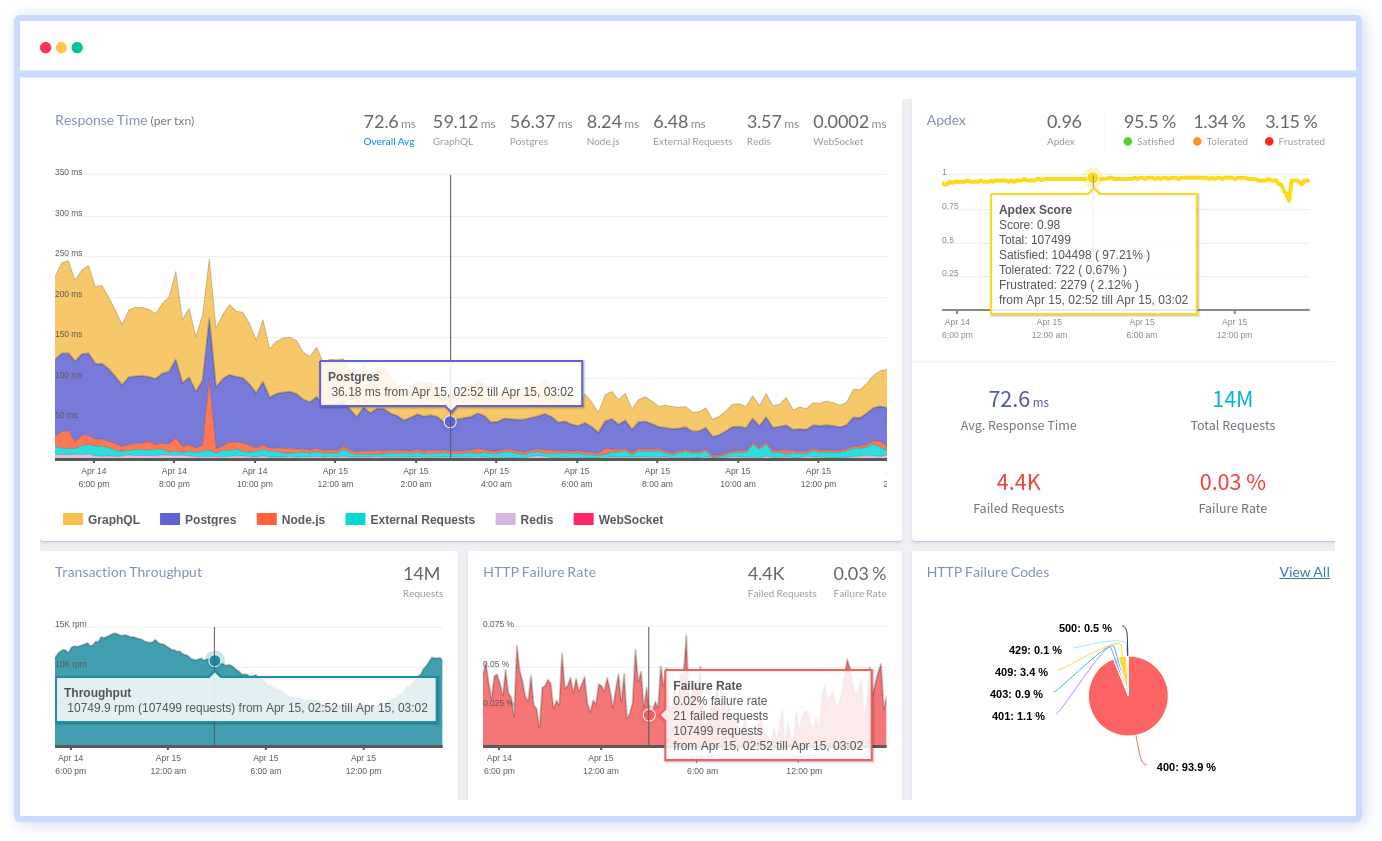
Atatus's user-centric API observability tracks how your actual customers experience your APIs and applications. Customers may easily get metrics on their quota usage, SLAs, and more.
It monitors the functionality, availability, and performance data of your internal, external, and third-party APIs to see how your actual users interact with the API in your application. It also validates rest APIs and keeps track of metrics like latency, response time, and other performance indicators to ensure your application runs smoothly.
#1 Solution for Logs, Traces & Metrics
APM
Kubernetes
Logs
Synthetics
RUM
Serverless
Security
More





